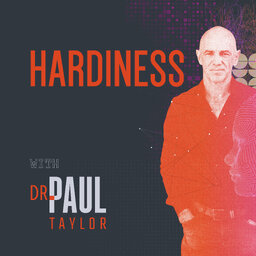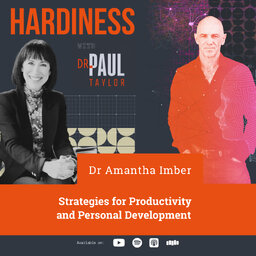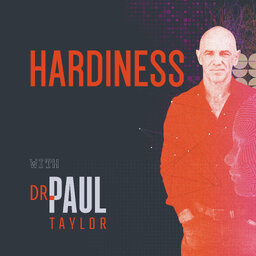How To Increase Your VO2max Efficiently To Enhance Your Healthspan And Lifespan
In this week's wisdom Wednesday, i go through a proven method for effectively increasing your Vo2max and improving heart health and both healthspan and lifespan.
Here is the link to work out your Vo2max from the 12-minute run test, and here is a good explanation of the protocol. I forgot to mention to set the incline to 1% if using a treadmill.
 Hardiness with Dr Paul Taylor
Hardiness with Dr Paul Taylor


